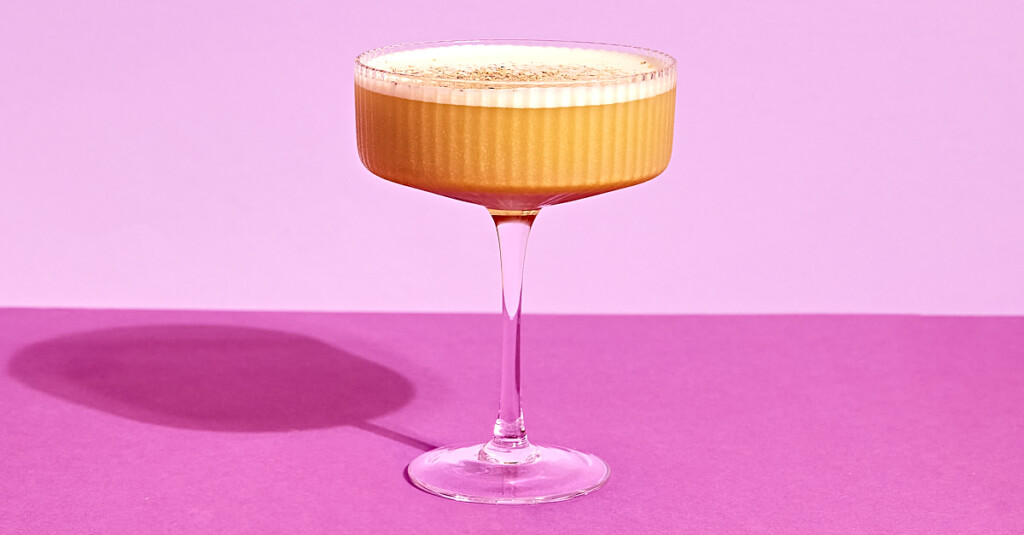The Story Behind The Death Flip
You can’t judge a book by its cover, and you can’t judge a drink by its name — even one as menacing as the Death Flip. A creamy, herbaceous modern classic from Australia, the Death Flip transforms gingerbread into cocktail form. Tequila and yellow Chartreuse provide a vegetal, clove-forward base while Jägermeister brings anise into the fray. A grated nutmeg garnish treats the nose to a bouquet of winter spices, while the addition of a whole egg gives the drink its velvety mouthfeel.
Invented by bartender Chris Hysted-Adams, the Death Flip first appeared on the menu of Melbourne’s Black Pearl Bar in 2010. Hysted-Adams was a young bartender at the time, and the drink was born out of his early career fascination with the cocktail’s three base spirits as well as bartending techniques that stray from the everyday (hence the whole egg). Worried that customers might be deterred by the Death Flip’s unlikely combination of ingredients, the drink’s spec was kept under lock and key for quite some time. Below its name on the Black Pearl Menu, a brief description simply read, “You don’t wanna meet this cocktail in a dark alley.” Needless to say, Hysted-Adams’ marketing strategy worked. In Robert Simonson’s “Modern Classic Cocktails,” Hysted-Adams recalls customers’ jaws dropping when they discovered the drink’s ingredients. “They couldn’t believe that car crash of ingredients tasted so good,” he claims.
The term “flip” refers to one of two drinks categories of the same name, According to “The Oxford Companion to Spirits and Cocktails.” The first one, though less common in modern drinks vernacular, is an old sailor’s drink dating back to 17th-century England, defined as a mix of ale, spirit, and sweetener that is then heated with a hot iron rod. The more modern interpretation appeared in late-19th and early 20th century cocktail books and traditionally consists of ale, spirit, sugar, and a whole egg, served either warm or chilled.
Although the original Death Flip recipe doesn’t call for it, feel free to dry shake this cocktail before adding ice to better emulsify the egg. An older version of the recipe also includes a dash of vanilla syrup, but Hysted-Adams has since changed that component to simple syrup in order to let the base spirits shine. The final product should be slightly reminiscent of a spiked eggnog with complex aromas of sugar cookie dough, malted milk, cinnamon, and black licorice.



